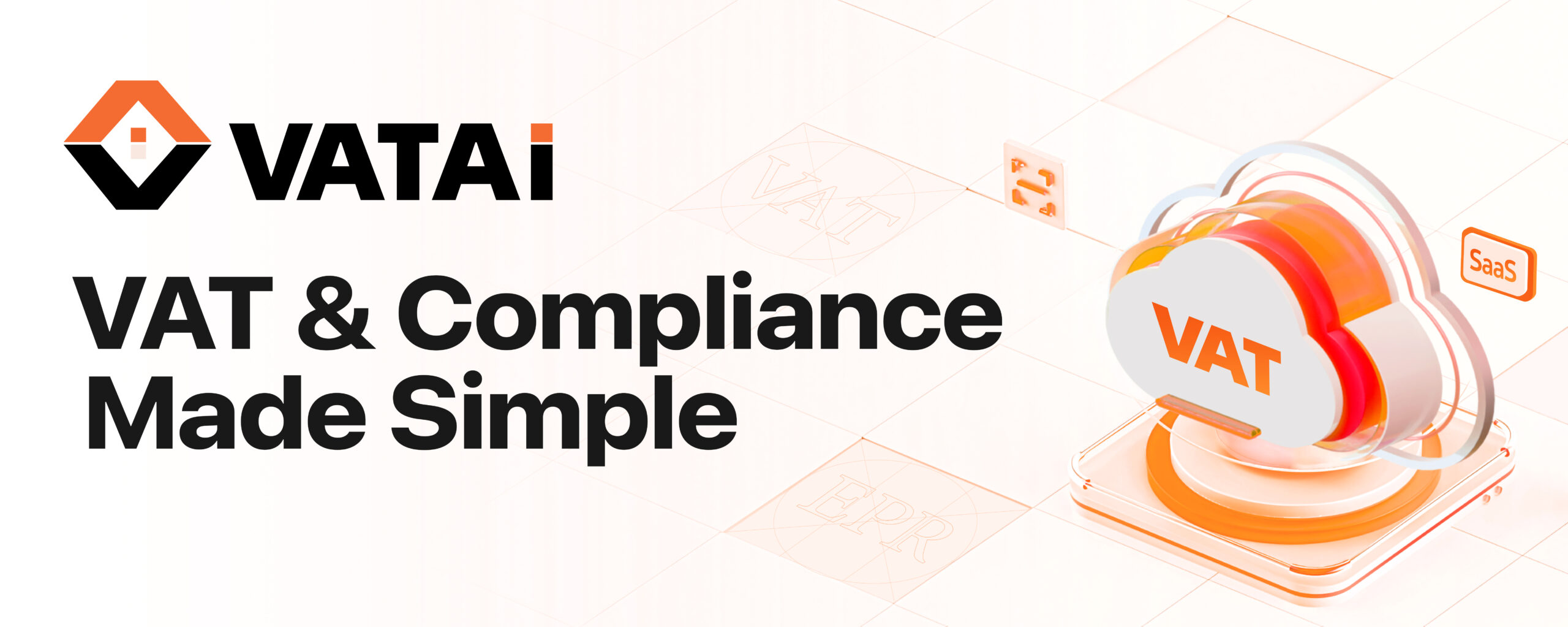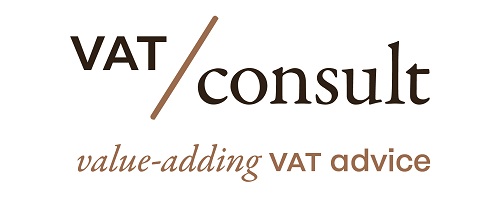On April 21, 2021, the ECJ issued its decision in the case C-703/19 (Katowicach) related to Restaurant services and take away dishes.
Context: Reference for a preliminary ruling – Taxation – Value Added Tax – Directive 2006/112 / EC – Art. 98 – Possibility of Member States to apply one or two reduced VAT rates to certain deliveries of goods and services – Classification of a business activity as a ‘supply of goods’ or a service ‘- Annex III Nos. 1 and 12a – Terms of’ food ‘as well as’ restaurant and catering services’ – Meals for immediate consumption on site in the business premises of the seller or in a catering area – Take-away meals for immediate consumption
Article in the EU VAT Directive
EU VAT Directive 2006/112/EU: Article 98(1) to (3)
Article 98
1. Member States may apply either one or two reduced rates.
2. The reduced rates shall apply only to supplies of goods or services in the categories set out in Annex III. The reduced rates shall not apply to electronically supplied services.
3. When applying the reduced rates provided for in paragraph 1 to categories of goods, Member States may use the Combined Nomenclature to establish the precise coverage of the category concerned.
Link to the Implementing Regulation 282/2011: Article 6
1. Restaurant and catering services mean services consisting of the supply of prepared or unprepared food or beverages or both, for human consumption, accompanied by sufficient support services allowing for the immediate consumption thereof. The provision of food or beverages or both is only one component of the whole in which services shall predominate. Restaurant services are the supply of such services on the premises of the supplier, and catering services are the supply of such services off the premises of the supplier.
2. The supply of prepared or unprepared food or beverages or both, whether or not including transport but without any other support services, shall not be considered restaurant or catering services within the meaning of paragraph 1.
Facts
A Polish referral asking whether the concept of a ‘restaurant service’ to which a reduced rate of VAT applies, pursuant to Article 98(2) and point (12a) of Annex III of the VAT Directive, covers the sale of prepared dishes where: the seller makes available to the buyer the infrastructure which enables him or her to consume the purchased meal on the premises (separate dining space, access to toilets); there is no specialised waiter service; the ordering process is simplified and partly automated; and the customer’s ability to customise the order is limited? Is the way in which the dishes are prepared relevant? is it sufficient that the customer is potentially able to use the infrastructure offered or is it also necessary to establish that, for the average customer, this element constitutes an essential part of the service provided?
Detailed Facts
- In September 2016, the tax audit office carried out a VAT audit of the taxable person who is the appellant in the main proceedings, which covered the period from January to June 2016. During the audit, incorrect VAT settlements were identified. As a consequence, by decision of 21 April 2017, the tax authority issued a VAT assessment to the taxable person for the period covered by the audit as a result of its determination that the taxable person’s entire activity consisted in food and beverage services taxed at a rate of 8% rather than in the supply of prepared dishes to which a rate of 5% applies.
- The essence of the dispute was whether the tax classification of specific products (meals and dishes) sold by the appellant and the application of the reduced rate of 5% thereto (originally, the reduced rate of 8% had been applied) was correct. Those products are intended for immediate consumption by customers within a chain of establishments. The end product is prepared on site from semi-finished products. Prepared meals and dishes are served hot or cold in a form which is ready for consumption on the premises or can be taken away.
- Within the framework of his economic activity, the taxable person uses a variety of sales methods:
– sales of products to customers inside restaurants;
– sales of products from the window or counter of a restaurant for consumption
outside that restaurant (‘drive-in’ or ‘walk-through’); and
– sales of products to customers in designated zones inside shopping centres
(‘food courts’). - The tax authorities of both instances disagreed with the appellant’s position that his product sales satisfy the conditions for the supply of goods set out in Article 7(1) of the Law on VAT (Article 14(1) of the VAT Directive). The authorities referred to Article 98(2) of the VAT Directive, which provides that Member States may apply reduced rates to prepared meals and dishes where the transactions involving such meals and dishes are classified as supplies of goods or services. Article 98(3) of that directive authorises Member States to use the Combined Nomenclature to establish the coverage of the category concerned. Poland took advantage of that option in Article 5a of the Law on VAT, with the proviso that the provisions on reduced rates of VAT refer to PKWiU symbols. Thus, inclusion in PKWiU code 10.85 ‘Prepared meals and dishes’ means a rate of 5%, and inclusion in PKWiU code ex 56 ‘Food and beverage services’ (restaurant services and other catering services) means a reduced rate of 8%. The authority emphasised that the disputed transactions satisfy both conditions referred to in Article 7(1) of the Law on VAT and Article 14(1) of the VAT Directive, namely: (I) the subject matter of the transaction is goods; and (II) the right to dispose of the goods as owner is transferred.
- The tax authority found that ready-for-sale dishes are made from semi-finished products which are processed by the staff. The packaging system for the products enables them to be consumed anywhere. The establishments also have other characteristics typical of restaurant/catering services such as, inter alia, the availability of a dining space and toilets, the provision of a number of customer services, Internet access and newspapers available to customers, heating/air conditioning of the premises, the playing of music on the premises and cleaning of the premises.
- By judgment of 1 March 2018, the Wojewódzki Sąd Administracyjny w Gliwicach (Regional Administrative Court in Gliwice, Poland) dismissed the appellant’s action. That court pointed out that it is essential to determine whether a supply of goods or rather a supply of services has taken place in a given case. This requires consideration of all the circumstances in which the transaction occurred in order to determine its characteristics and dominant features. The provision of the service at issue cannot be regarded as a supply of goods, as the meals are prepared and served on the trader’s premises and the customer has the option of consuming the purchased meal, even if it is served ‘to take away’, on the premises, and to take advantage of all the associated facilities.
- The appellant brought an appeal on a point of law against the judgment of the court of first instance before the referring court, which decided to make a reference to the Court of Justice for a preliminary ruling.
Question
Does the concept of a ‘restaurant service’ to which a reduced rate of VAT applies (Article 98(2) of Council Directive 2006/112/EC of 28 November 2006 on the common system of value added tax, read in conjunction with point (12a) of Annex III thereto and with Article 6 of Council Implementing Regulation (EU) No 282/2011 of 15 March 2011 laying down implementing measures for Directive 2006/112/EC on the common system of value added tax, cover the sale of prepared dishes under conditions such as those in the main proceedings, that is to say, in a situation where:
– the seller makes available to the buyer the infrastructure which enables him or her to consume the purchased meal on the premises (separate dining space, access to toilets);
– there is no specialised waiter service;
– there is no service in the strict sense;
– the ordering process is simplified and partly automated; and
– the customer’s ability to customise the order is limited?
Is the way in which the dishes are prepared, consisting in, in particular, the heating of certain semi-finished products and the composing of prepared dishes from semi-finished products, relevant to answering the first question?
In order to answer the first question, is it sufficient that the customer is potentially able to use the infrastructure offered or is it also necessary to establish that, for the average customer, this element constitutes an essential part of the service provided?
AG Opinion (unofficial translation – not published in English)
1) Article 98 (2) of Council Directive 2006/112 / EC of 28 November 2006 on the common system of value added tax, read in conjunction with Annex III, point 12a, of this directive and with Article 6 of Council Implementing Regulation (EU) No 282/2011 of 15 March 2011 laying down implementing measures for Directive 2006/112 / EC on the common system of tax on added value, must be interpreted in the sense that the concept of “restaurant and catering services” covers the supply of food to a place under the control of the taxable person in which material and human resources are organized and put in place. works to guarantee consumers the quality of sufficient services intended to ensure their comfort and safety for the immediate consumption of these foods on site.
Consequently, the sale of dishes, prepared in accordance with procedures such as those at issue in the main proceedings, in fast-food restaurants in which the taxable person provides the customer with an infrastructure enabling the meals to be consumed on the spot. which is organized by him or shared with other suppliers of prepared meals, constitutes a restaurant service.
2) Article 98 (2) of Directive 2006/112, read in conjunction with Annex III, point 1, to that directive, must be interpreted as meaning that the concept of ‘foodstuffs’ covers the supply food, with a view to their immediate consumption, outside the place made available by the taxable person with sufficient related services allowing the consumption of such food on the spot.
Consequently, the sale of meals, prepared according to methods such as those at issue in the main proceedings, in fast-food restaurants, which the customer decides to take away and not to consume on the spot in the infrastructure provided. provision by the taxable person for this purpose, does not constitute a restaurant service, but a delivery of foodstuffs which may be taxed at a reduced rate of value added tax. This may be identical to that applicable to restaurant service, provided that it does not infringe the principle of fiscal neutrality.
Decision
1. Art. 98 (2) of Council Directive 2006/112 / EC of November 28, 2006 on the common VAT system in conjunction with Annex III No. 12a of this Directive and Art. 6 of Implementing Regulation (EU) No. 282/2011 of the Council of March 15, 2011 laying down implementing provisions for Directive 2006/112 / EC on the common VAT system is to be interpreted as meaning that the term “restaurant and catering services” includes the serving of meals at a place under the control of the taxpayer, where material and human resources are organized and made available in order to guarantee the consumer the quality of sufficient services to ensure his comfort and safety with regard to the immediate consumption of these dishes on the spot.
Are meals prepared according to modalities such as those at issue in the main proceedings, sold in fast-food areas in which the taxpayer provides the customer with an infrastructure that enables the consumption of meals on the spot and organized by him or with others Is shared with providers of prepared meals, this sale therefore constitutes a restaurant service.
2. Art. 98 (2) in conjunction with Annex III No. 1 of Directive 2006/112 is to be interpreted in such a way that the term “food” includes the supply of food for immediate consumption outside the place, which is provided by the taxpayer together with sufficient support Services that enable the consumption of these meals on site is provided.
If meals that are prepared according to modalities such as those at issue in the main proceedings and for which the customer decides to take them away and not to consume on site in the infrastructure made available by the taxpayer for this purpose, are sold in fast food areas, this is the sale consequently not a restaurant service, but a supply of food that can be taxed at a reduced VAT rate. This tax rate can be identical to the rate applicable for restaurant services, provided that the principle of fiscal neutrality is not violated.
Summary
JK, a franchisee in a chain of fast food restaurants (McDonald’s), sells meals and prepared foods such as sandwiches, potato pancakes, salads, chips, broccoli, soft ice cream, milkshakes, fruit juices, etc. These products are served on a tray. The customer receives disposable napkins and with certain products cutlery or a straw. Meals and food are prepared on site from semi-finished products. They can be hot or cold, and can be consumed on the spot or taken away by the buyer.
Poland has two reduced VAT rates that may apply. Following an audit, the Polish tax authorities took the view that all of JK’s activities fell under ‘food and beverage outlets’ subject to the 8% VAT rate, and not the supply of ‘prepared food’ subject to VAT. rate of 5% applies.
AG Richard de la Tour has concluded :
- Selling food prepared in fast food restaurants for on-site use (in-house or food court) is a restaurant service.
- If the food is taken along, it is not a restaurant service but a delivery of food.
According to the CJEU, the concept of ‘restaurant services, catering and catering services’ also refers to the supply of food accompanied by sufficient additional services aimed at enabling the immediate consumption of those food by the final consumer, which is for the referring court to determine to go. Where the final consumer chooses not to use the material and human resources made available by the taxable person to consume the food supplied, it must be assumed that the supply of such food does not involve any additional service.
Source
- Curia
Similar ECJ cases
- C-497/09 (Bog & Others) (Joined case with C-499/09, C-501/09, C-502/09) – Composite supplies – VAT treatment of foods supplied for immediate consumption
- C-231/94 (Faaborg-Gelting-Linien A/S): Restaurant transactions on board ship – Place of taxable transactions
Newsletters
Before decision has been issued















